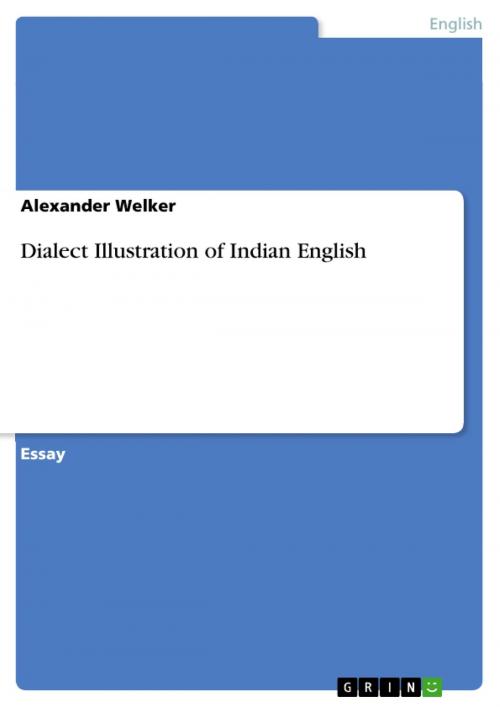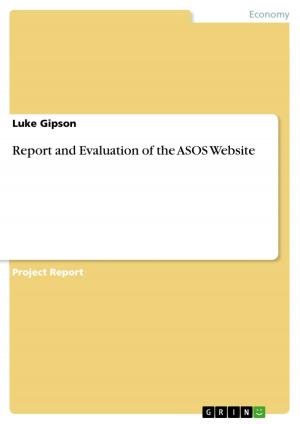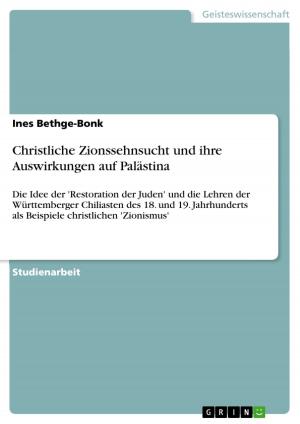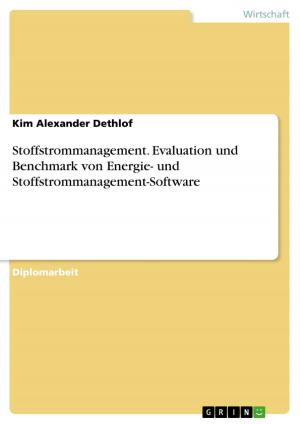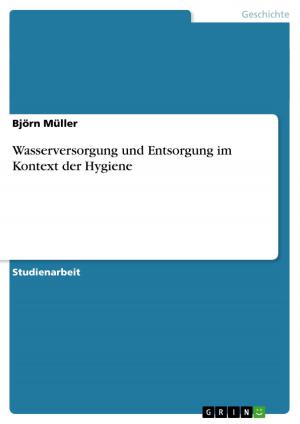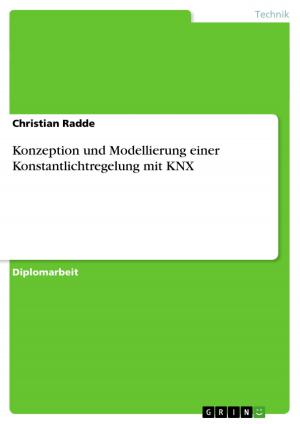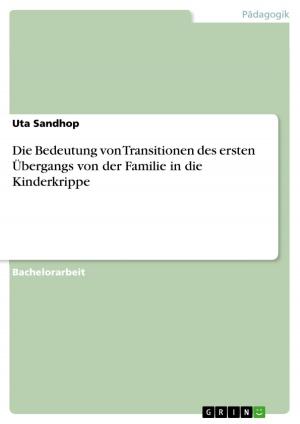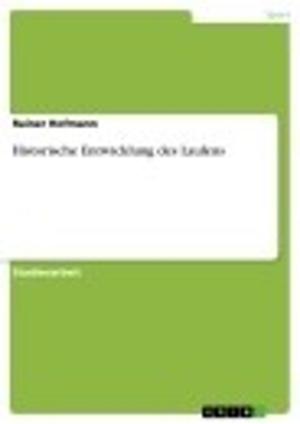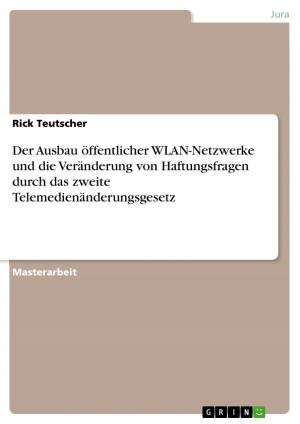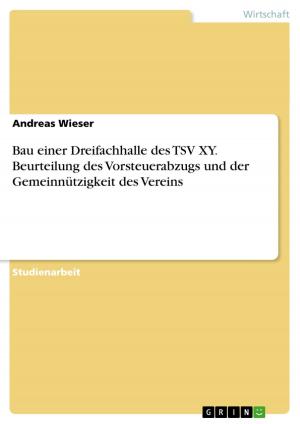| Author: | Alexander Welker | ISBN: | 9783656903451 |
| Publisher: | GRIN Verlag | Publication: | February 23, 2015 |
| Imprint: | GRIN Verlag | Language: | English |
| Author: | Alexander Welker |
| ISBN: | 9783656903451 |
| Publisher: | GRIN Verlag |
| Publication: | February 23, 2015 |
| Imprint: | GRIN Verlag |
| Language: | English |
Essay from the year 2014 in the subject English Language and Literature Studies - Linguistics, grade: 1,0, University of Stuttgart (Institute of English Linguistics), course: Dialectology, language: English, abstract: After two hundred years of British rule, followed by more than sixty years of independence, English is the most evident heritage of the colonial period in India. The number of native speakers of English in India is small, but the language plays an important role as a second language, not least because it is an official language in India (Mehrotra 1998:1). English is omnipresent; in TV, in radio, in print media, at every corner of larger urban areas. Indian English is considered as one of the most important English varieties throughout the world. 'It nevertheless constitutes a minority lect' (Schneider 2007:161), since only approximately 11 percent of the Indian population have a command of English (2001 Census of India). Indian English comes in a range of varieties with distinct phonological features, highly influenced by local languages. But India has also produced its own standard variety, which is comparable to standard (British) English, yet has some features characterizing it as Indian (Kachru 1983:73). This essay presents the context and current position of Indian English and discusses this English variety within McArthur's, Kachru's and Schneider's models of English. Moreover, it outlines the most striking phonological features of Indian English, which mark this English variety as Indian.
Essay from the year 2014 in the subject English Language and Literature Studies - Linguistics, grade: 1,0, University of Stuttgart (Institute of English Linguistics), course: Dialectology, language: English, abstract: After two hundred years of British rule, followed by more than sixty years of independence, English is the most evident heritage of the colonial period in India. The number of native speakers of English in India is small, but the language plays an important role as a second language, not least because it is an official language in India (Mehrotra 1998:1). English is omnipresent; in TV, in radio, in print media, at every corner of larger urban areas. Indian English is considered as one of the most important English varieties throughout the world. 'It nevertheless constitutes a minority lect' (Schneider 2007:161), since only approximately 11 percent of the Indian population have a command of English (2001 Census of India). Indian English comes in a range of varieties with distinct phonological features, highly influenced by local languages. But India has also produced its own standard variety, which is comparable to standard (British) English, yet has some features characterizing it as Indian (Kachru 1983:73). This essay presents the context and current position of Indian English and discusses this English variety within McArthur's, Kachru's and Schneider's models of English. Moreover, it outlines the most striking phonological features of Indian English, which mark this English variety as Indian.
